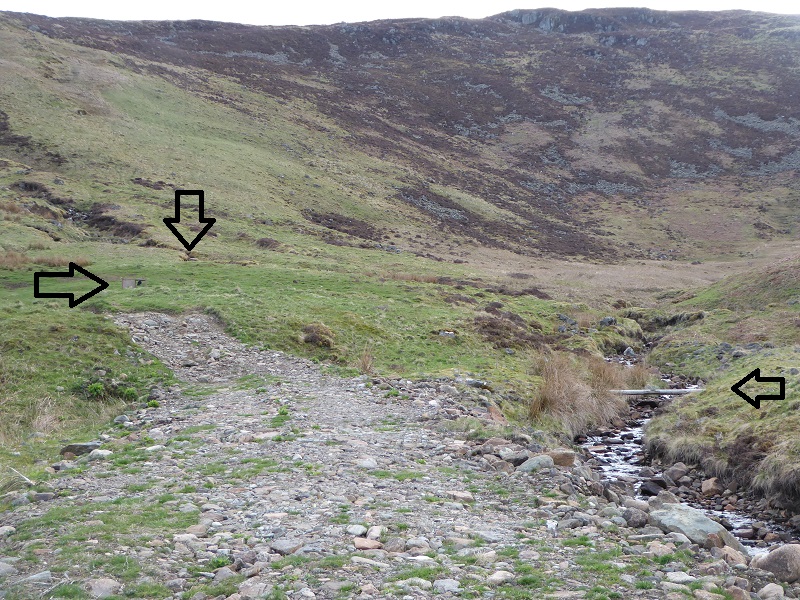
Following the disappearance of a sea eagle on the Invercauld Estate, Raptor Persecution Scotland provided some excellent coverage of the disappearance (see here) along with subsequent commentary. So far this has covered the welcome statement from Grant Moir, Chief Executive of the Cairngorms National Park Authority, condemning the disappearance (see here) and then a commentary on the other side of the CNPA, its celebration of the work of gamekeepers (see here). If you have not read, all deserve reading. This post will add to Raptor Persecution Scotland’s analysis, with which I agree, and then take a wider look at what I believe is the central issue underlying the continued persecution of raptors in our National Parks, which concerns how land is used. I will illustrate this with the evidence from a recent walk in Glen Isla.
The response from the Cairngorms National Park Authority to the sea eagle disappearance
I believe Raptor Persecution Scotland was right to say that senior staff in the Cairngorms National Park Authority are angry and frustrated by the disappearance of the sea eagle in the heart of the Cairngorms. The National Park Partnership Plan agreed last year and approved by Roseanna Cunningham, Cabinet Secretary for the Environment, identified as one of its “Big Conservation Challenges” “Eliminating the illegal killing of raptors and increasing raptor populations.” They even set a target that there be NO further cases of raptor persecution in the National Park over the next five years. It appears – and its possible of course that the sea eagle took a direct flight out of the National Park before its unaccounted for disappearance – that has now been broken. I am not surprised. This was a target, however commendable, which was almost certain to fail. The reason for this is not just because of the attitudes of certain estates within the National Park but because the Partnership Plan contained no effective measures to deal with irresponsible landowners.
Instead of fully owning this, and reviewing what powers the National Park has which could help address the problem, the CNPA appears to be waiting for an instruction from the Scottish Government:
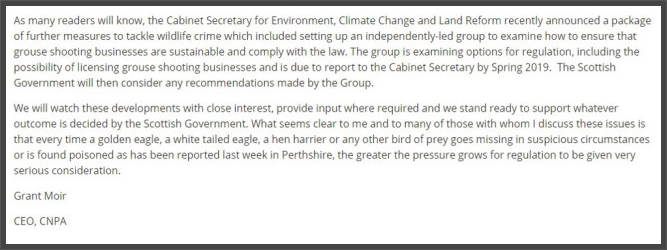
“Watching developments with interest” rather than taking action illustrates the fundamental weakness of the National Park. I don’t think this is the fault of senior staff, it requires the CNPA Board to take a stand and a lead. While there has been increasing centralisation of quangos, so that many are now in effect part of the Scottish Government and can only do what they are told, our National Parks are different. Two thirds of the Board is elected – and therefore independent of the Scottish Government – and does not need to wait to see what that government does before taking action. They could, for example, make byelaws for conservation purposes and the disappearance of the sea eagle in my view should given them every justification to start a public consultation about how they might use byelaw making powers to protect wildlife. I am sure that would receive enormous amounts of public support and interest.
At the “softer” level of partnership working – which is all the CNPA appears prepared to do at present – there are still many improvements that could be made. The CNPA has tried to persuade estates to publish management plans and there is one for Invercauld (see here). That plan puts sporting uses first in its list of objectives and, while claiming the estate wishes to align its objectives with those of the National Park Partnership Plan, says nothing about the elimination of raptor persecution – even though illegal traps were found there on Geallaig Hill in 2016. The CNPA could usefully be demanding Invercauld update its plan and asking ALL estates to produce management plans which show how they intend to address raptor persecution within the next two months. If any estates fail to respond that would provide further evidence of the need to move to compulsory measures.
Land-use on the Tulchan Estate in Glen Isla
Tulchan of Glen Isla, not to be confused with the Tulchan Estate on Speyside, borders with the south-east boundary of Invercauld, and used to form part of the Caenlochan National Nature Reserve before that was declassified because of the estates failure to cooperate with conservation objectives. Unlike Invercauld, the estate has not bothered to produce any management plan for the CNPA. Parkswatch has previously featured tracks it has created (see here) over the plateau and commented on its impact on the Corrie Fee National Nature Reserve (see here).
While I had visited for a hill walk and to take a look at the hydro scheme there, what struck me most was how the estate how become an intensive game farm:

Red Legged Partridge were introduced to the estate in 2011 (see here) and breeding partridge and pheasants now appears a key part of estate activity.
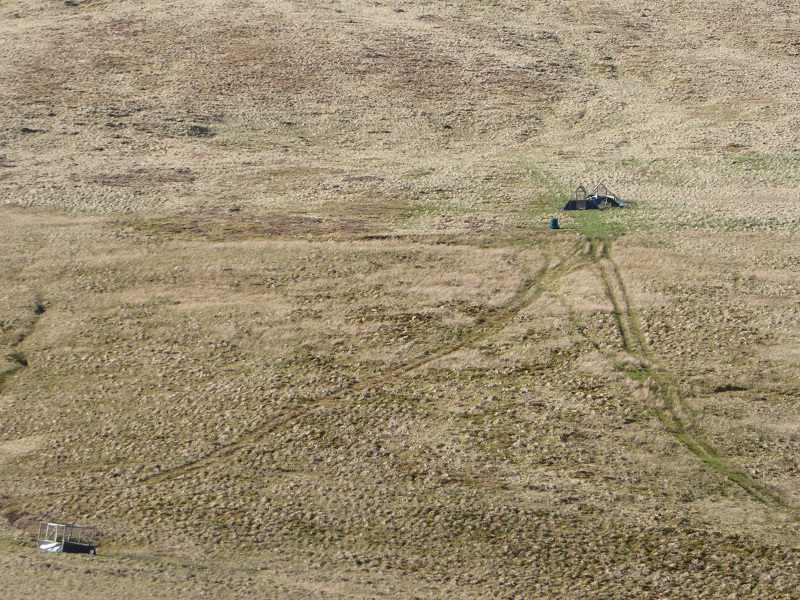
Back home, I was very interested to read the Ecological Report on the proposed hydro scheme which was produced before it was approved. It contained recommendations as to how to protect reptiles on the moorland by the proposed pipeline but nothing at all about how this intensive bird breeding programme might be affecting the ecology of the area.
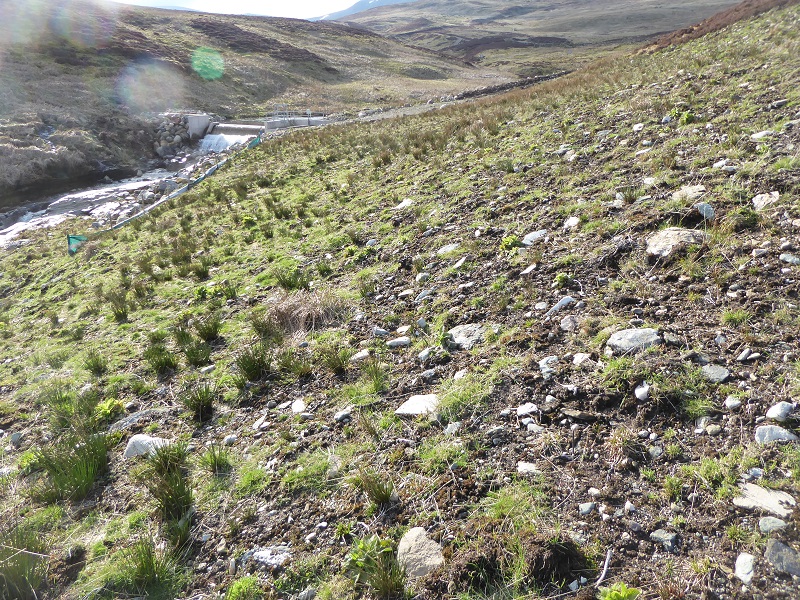
Its a failure in our land-use and planning system that while we consider impacts of new developments – however poorly these are implemented in practice – we fail to consider the impacts of how land is currently being used.
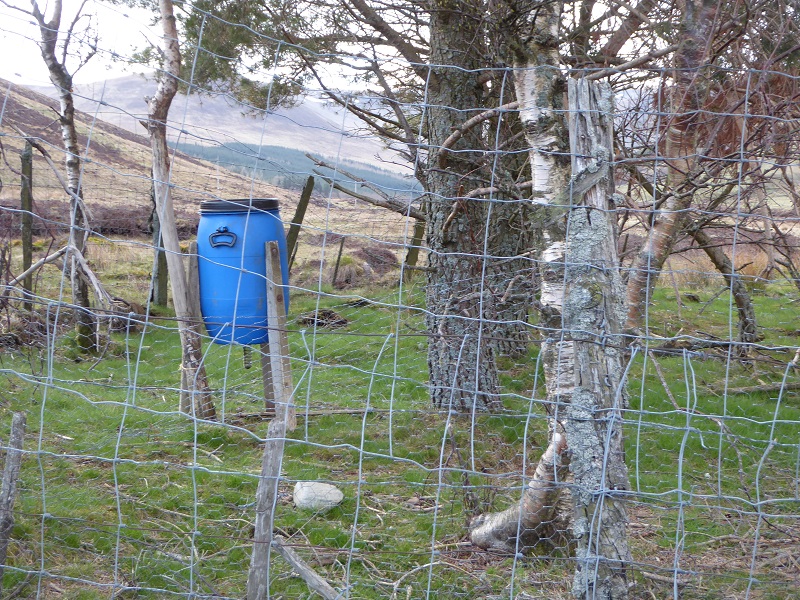
Partridge and pheasant are much more evident than native wildlife and appeared to have replaced them.
In order to promote partridge and pheasant numbers, the estate appears to be systematically trying to eliminate native carnivores or anything else that might impact on them:
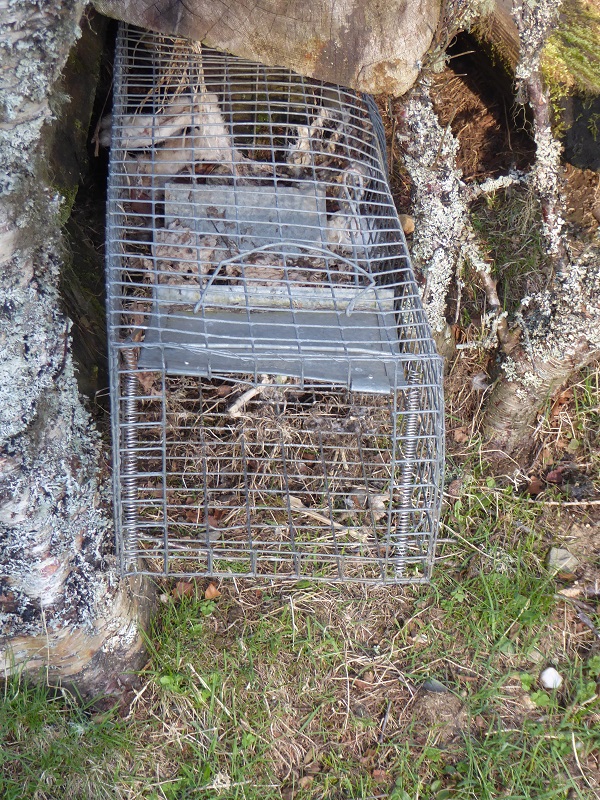
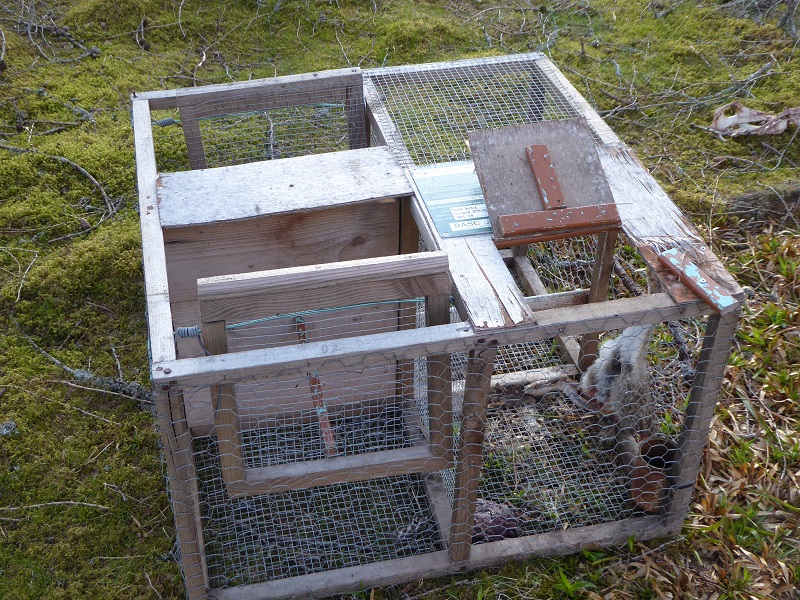
As part of the hydro planning application Tulchan Estate had to explain its provisions for access. It had previously attempted to claim that the track through these woods – which is not even within sight of the Lodge – was private. To their credit CNPA staff required the estate to guarantee access while the scheme was being constructed. A misleading sign remains however:
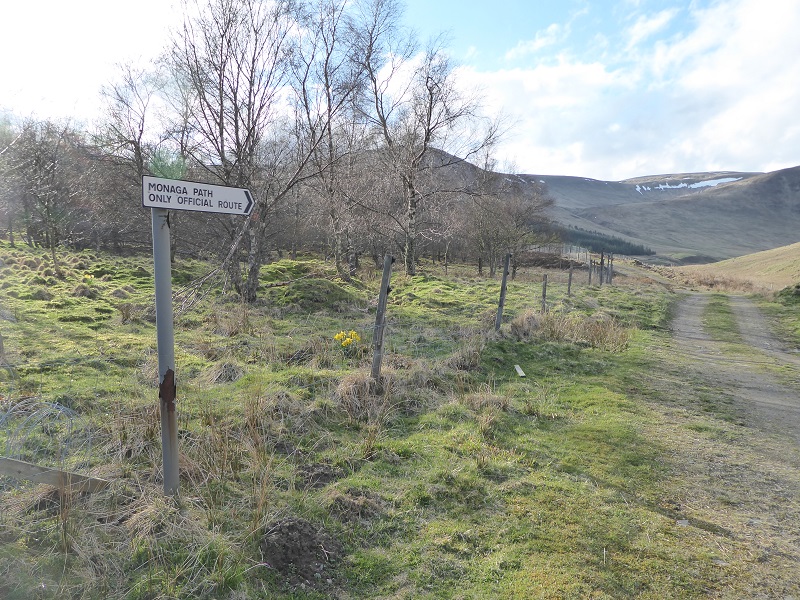
With access rights, the idea that here should be just one official route – to where? – is plainly ludicrous. It looks like an attempt however to try and ensure as few people as possible see what is going on around the estate lodge.
Further down the track towards the public road end the traps are move obvious (see top photo):
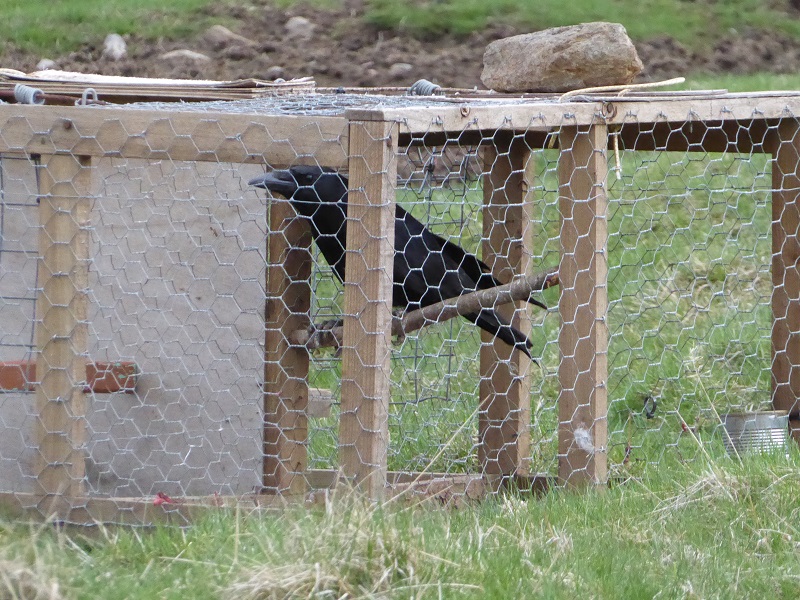
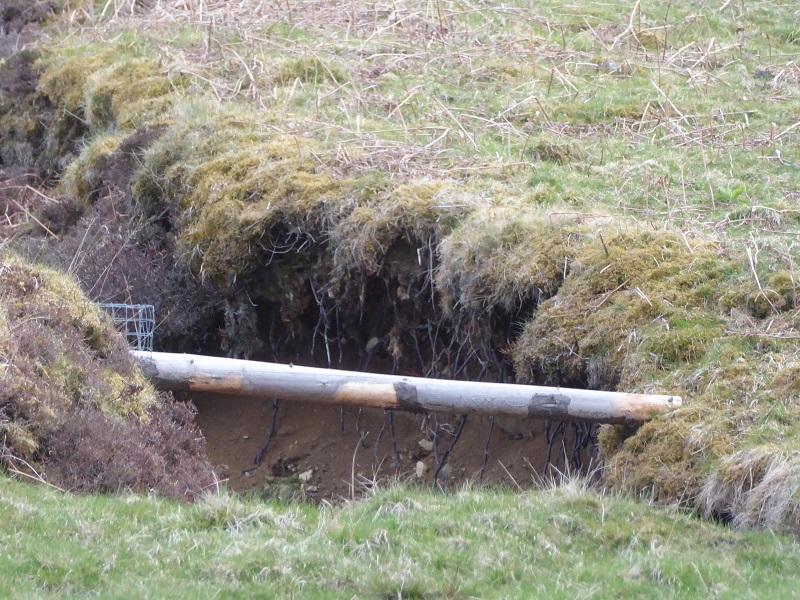
The connection between legal wildlife persecution and illegal raptor persecution
For as long as gamekeepers are employed to promote game species above all else, inevitably a significant part of their job will be the elimination of other species (apart from humans!) which prey on them. While persecution of some of these species is perfectly legal – and I am not suggesting any of the evidence of wildlife persecution pictured here is illegal – others is not. The problem is however that in the mind of many of those who want to produce more game, there is no difference. What preys on partridge or pheasant or grouse is a problem for them and the temptation and pressure from above – as jobs depend on the amount of game – is to get rid of the predators. I don’t think therefore we will ever get rid of raptor persecution while the persecution of other native species remains quite legal. Its just too easy, for people employed to eliminate “vermin” to take out something else.
If the CNPA really wants to get rid of raptor persecution, a good start therefore would be to ban ALL traps in the National Park and put native wildlife first (as happens abroad in places like the Vanoise (see here). That, however, would, require a fundamental rethink about how land in our National Parks was used and would effectively mean an end to sporting estates in the National Park.
Those in power, I believe, are fully aware of the implications of ending raptor persecution which is why they are so reluctant to do anything about it. The CNPA should be brave, very brave, and start to take a lead. If some private estates cannot manage land for conservation purposes – and some, like Wild Land Ltd do – we need to change their ownership.